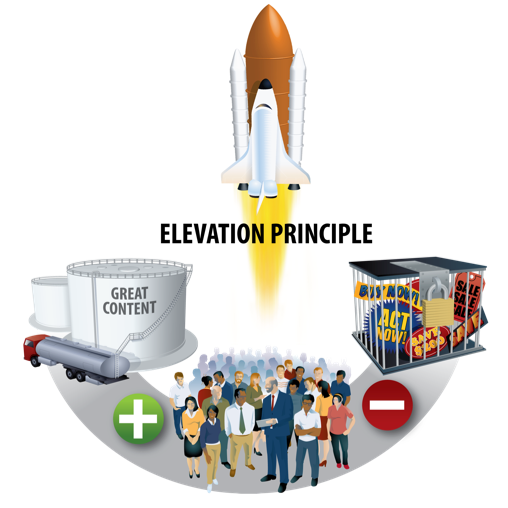Presentation in any field has become inevitable as you know. It's never easy to prepare and give the presentation in front of audiences, but I usually manage to transform myself from someone who is terrified of standing up in front of an audience to an in-demand public speaker. Here's my point - and how you can do the same:
Treat the presentation as a creative project in its own right.
Don't think about "presenting your work." Apply the same level of imagination and passion to your presentations as you do the rest of your creative work. Once you do that, you'll start discovering all kinds of interesting ways to get your message across in a persuasive way. Here are some tips to help you make a killer presentation.
1. Tap your enthusiasm.
Everyone preparing for presentation says they want to be more confident - but what I can tell them is toforget about confidence and focus on enthusiasm. Confidence can be impressive, but it can still leave your audience cold. Enthusiasm, on the other hand, is infectious - it will be hard for the audience to resist your passion.
2. Get to the core of your message.
You must know how important it is to present the most important points clearly and simply. Only introduce details when people have grasped the big picture and are ready for more. If organizing information is new to you, then here's the alternative:
Boil your presentation down to three key points your audience must understand. This forces you to hone your message to its essence, and helps you remember the structure of your presentation (even if the worst happens and the projector fails). It will also make the message more memorable for your audience.
3. Tell a captivating story.
Next time you hear a presenter say "I'll begin by telling you a story..." watch the audience - you'll see them relax into their chairs. They are re-entering the pleasant "storytime trance" they knew and loved as kids. As their critical guard is down, and the speaker has a golden opportunity to engage them emotionally, by telling a powerful story that is relevant to the theme.
Once you have the seeds of a story, practice telling and retelling it until it makes you laugh, cringe, groan, flinch or grin as you speak. When it affects you like this, it will move your audience too.
4. Wow them with words.
You should never try to get your presentation word perfect, by memorizing every single word - that will only make for stilted delivery. But it does pay to sprinkle it with a few choice phrases and add the odd rhetorical flourish.
For instance, It's true that "statistics can be misleading," but that can't get people to sit up straight. Instead, say "There are three kinds of lies. Lies, damned lies, and statistics."
5. Create stunning slides.
Slides are optional, but if you're going to use them, make them great. Even if you're not a graphic designer, it's relatively easy to stand out from the crowd of bullet points and PowerPoint templates, by searching creative and high-quality images.
6. Keep it simple.
Simplicity - focusing on core themes and eliminating fluff - is the key to a lot of great design, great writing, great music, and great art of many kinds. It's also one of the things that makes presentations powerful and memorable.
This is all you need for a truly captivating presentation:
- One big idea
- Three key points
- One compelling story
- One idea per slide (and no more than six words)
- One clear call to action
You probably don't have all of these skills, but I'm sure you have at least one or two. Start with these, then work to acquire the others using the resources I've listed.
For example, I'm pretty good with words, and telling stories is second nature to me, but I'm craving for learning how to develop visually striking slides. But if you're good at it, just start creating remarkable slides, which will boost your confidence - then start working on your verbal delivery and storytelling.
The ultimate test will be your audience's response. But a sure sign that you're on the right track will be when you start looking forward to creating your next presentation.












